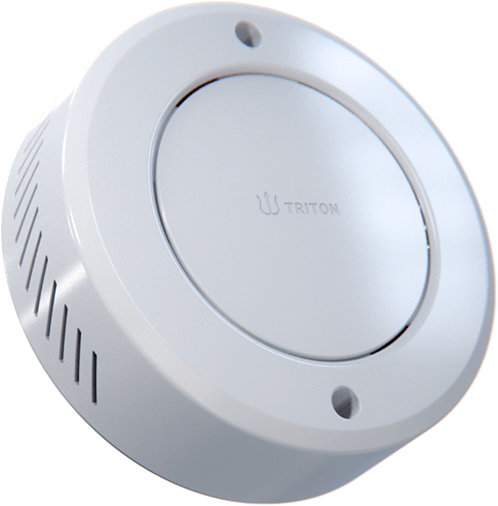Not long ago, vaping was unstoppable at school. Students would go to bathrooms in between classes, where nicotine flavored and THC vapors disappeared without trace. Teachers and administrators were in a state of despair until districts decided to implement a vape detection system.
Today, schools across the country share impressive successes that demonstrate how technology can help transform the issue of vaping.

A Case Study: Reducing Vaping by 83% in just 10 weeks
Luling Independent School district was faced with a major issue with vaping. Despite warnings from school officials and the implementation of more strict regulations, some students smoking in lockers and bathrooms. room. The traditional smoke alarms weren’t effective against vapor. And staff couldn’t be everywhere.
In March, the district installed several vape detectors at schools to test the technology. The results were quite impressive. In only five weeks smoking, vaping rates had declined noticeably. After the ten week period, vaping dropped by 83%.
For administrators, the results did not stop at figures. Teachers reported less disruptions and students started to realize that smoking cigarettes would not go unnoticed.
The Match Charter School Experiences Are Similar The School’s Success
Another excellent example is the Match Charter Schools, which had a difficult time with high and middle school smoking. When they rolled out a set of smoke detectors for vapes in August, the result was immediate.
At the end of December, only four months later administrators reported an 80percent decrease in the number of vaping incidents per week. Parents praised the school’s concrete precautions to guard their children, while teachers noted a reduction in the amount of loitering in the hallway as well the reduction in bathroom congestion.
The two districts mentioned above illustrate a trend that is growing schools that have implemented vape detection are reporting tangible improvement in their behavior and overall safety.
What Makes Vape Detectors Effective
The secret to these outcomes lies in the technology itself. A modern vape detector doesn’t only detect vapor, it also measures air quality as well as monitors occupancy and provides real-time alerts to employees. Administrators no longer have to rely on their intuition or reports based on after-the-fact data.
Detectors have also been designed with privacy in mind. No cameras. No audio recording. There is no audio recording. Just instant, accurate data to assist schools in implementing swiftly and without violating student’s rights.
This combination of effectiveness and compliance makes vape detectors one of the most practical safety tools schools can adopt today.
Beyond Vaping: A Wider Safety Net
The thing that many administrators appreciate is that detectors extend beyond vaping prevention. The most modern systems detect loud noises, keywords that are linked to emergencies and vandalism.
If, for instance, a group begins to loiter in a bathroom the detector will detect an unusually high amount of people. Staff members can be immediately alerted if a person shouts out an emotional word such as “help”. Vape detectors in schools can form part of a wider plan to deal with both risk of violence and health hazards.
Parents and Boards Help Support Vape Detectors
Transparency provides confidence that is often ignored. The use of detectors by schools is able to produce reports that reveal clearly the trend in smoking. These reports are available to schools, community groups and parents to show that actionable steps are being implemented.
Parents respond positively, especially when they can get tangible outcomes. Smoke detectors for vapes aren’t just keeping students safe, it’s also safeguarding their health and promoting the idea that smoking vape isn’t allowed in schools.
The Key Takeaway The Takeaway: A Proven Path to Success
Years ago, vaping seemed like a war invisible to schools could not win. However, studies of districts across the country prove otherwise. With a Vape Detector, administrators can detect incidents instantly and deter risky behavior and provide a safe learning environment for students.
Vaping remains a major issue but it’s evolving. Vape detection technology isn’t just an attempt to solve problems, it’s also a way for schools to be the first to create an environment that is healthier for their students.
Conclusion
Schools in Texas and Massachusetts are showing that technology is effective. Modern vape detectors do far more than simply sound an alarm. They alter behavior create trust and offer an effective solution to the major health concerns for students. Vape detectors have become a norm in every school district that is concerned about security.